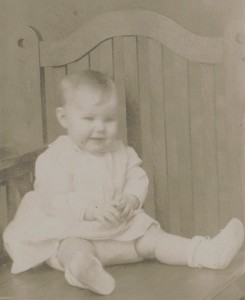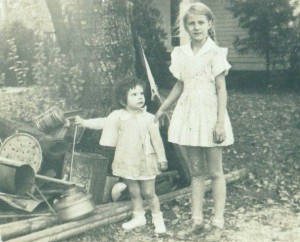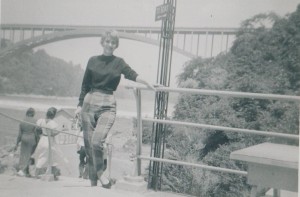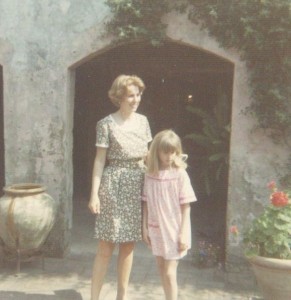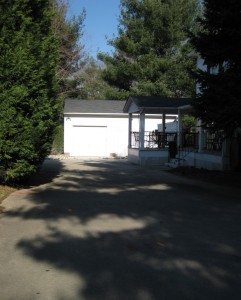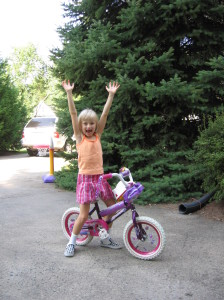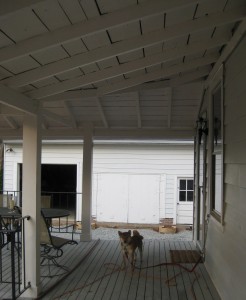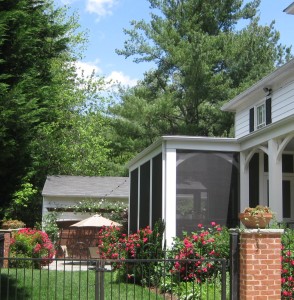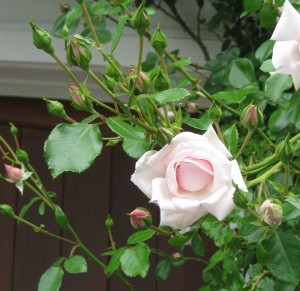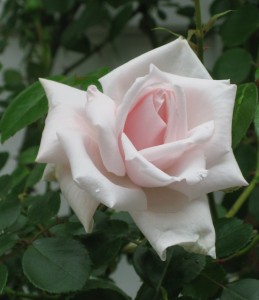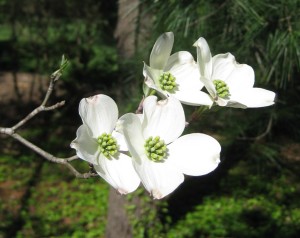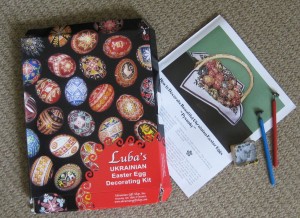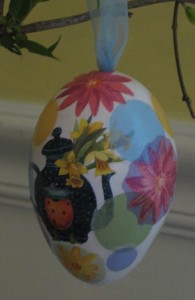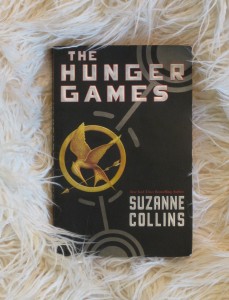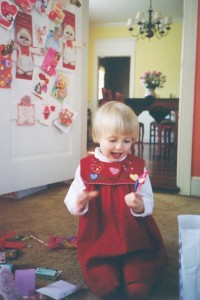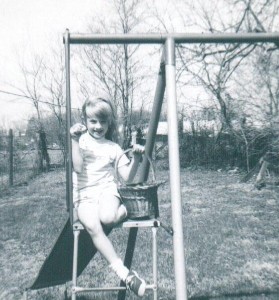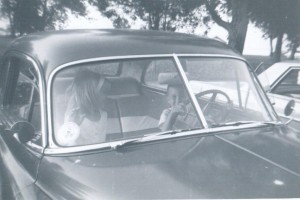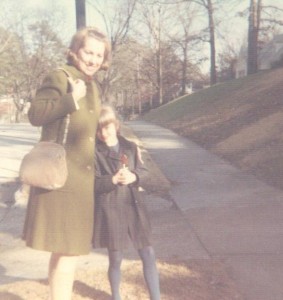My mother suffered from severe asthma throughout most of this year’s mild winter. It began when she and my father took a walk in early February. The day was unseasonably warm, even for Atlanta, and evidently the pollen was equally unseasonable. Mama’s allergies were triggered, which soon led to asthma that lingered and developed into pneumonia. While her doctor advised hospitalization, she resisted, knowing that her chances for recovery, if armed with the proper medications, were better at home than at the hospital. She has spent time in the hospital with asthma, and it was an experience she didn’t care to repeat.
In March she was only marginally improved, forcing her to miss a family wedding in Kentucky. For the first time in decades, Daddy made the eight-hour drive to his old hometown by himself. My parents rarely speak during long car trips, since my mother typically sits in the back seat. As a child, she was a passenger in several serious car crashes, and she saw her brothers hospitalized multiple times after accidents. In the back seat, she feels a little less vulnerable, not quite so close to the edge of disaster. Despite the silence that reigns as the miles tick by, Daddy has come, understandably, to count on Mama’s presence in the car. He felt her absence sharply during the drive to his brother’s house in Kentucky, where H, D and I met him. Fortunately, Mama had recovered by late April and was able to be with us for the much-anticipated school musical in which my daughter was performing.
The strides made in treating asthma over the ages have not been particularly dramatic. A sudden attack can still quickly accelerate into a desperate situation, as the death of the Pulitzer Prize-winning journalist Anthony Shadid several months ago demonstrates. He was on assignment in Syria, escaping from the war-ravaged country, when his asthma was set off by an allergy to horses. He used his medication, but it wasn’t up to the task. My mother has known this fear all her life.
Mama’s every illness tends to be exacerbated by her asthma. A mild cold, easily shaken by most people, can become a serious concern for her. Exercise and sometimes even routine daily activity can be problematic. Breathing cold air may lead to a sudden, severe attack. She has emerged from two life-saving surgeries only to be set upon by life-threatening asthma. Mama was frequently sick as a child. Once, after a long absence from elementary school, she returned to find that her desk had been removed from the classroom.
Well into the 1940s, many doctors saw asthma as a psychosomatic condition. Those suffering from it were often considered somehow personally responsible, perhaps due to a general weakness of spirit and body. Anyone who has ever experienced the panic of an asthma attack or the persistent annoyance of mild, chronic asthma knows that, on the contrary, asthmatics require greater strength, determination and coping skills.
During Mama’s childhood, her asthma was combatted with a variety of treatments, most of which had little effect. A common folk remedy prescribed horehound candy (a naturally flavored, sharp-tasting hard candy that was a fixture in old-time general stores but rarely seen now) doused with a small amount of whisky. Although horehound candy continues to be explored as a palliative for respiratory ailments, it merely led to Mama’s lifelong dislike of horehound candy and whisky, served together or separately.
Goat’s milk was widely touted to alleviate asthma. When Mama was twelve, her family bought two goats for the farm. She never acquired a taste for the milk, but she loved the goats. Cute and spunky, they jumped the fence daily to meet her school bus in the afternoons. She had a particular affection for the baby goat born the next year on Washington’s birthday and thus named George.
Like many other asthmatic children, my mother was encouraged to smoke asthma cigarettes made from a mixture of herbs (no tobacco). Breathing the smoke from such herbs is a remedy that dates back to ancient times and may, surprisingly, have some short-term benefit. Mama remembers the cigarettes coming in a round flat tin. They prompted violent coughing fits, and her asthma was not improved.
An elderly neighbor urged a bizarre remedy that he said was sure to work: cut off “a hank of hair” and nail it to a tree. This option was never tried.
The first markedly effective medicine my mother remembers was an adrenaline inhaler, made of glass. This treatment relieved the acute symptoms but worsened Mama’s ever-present insomnia. Weekly allergy shots, which required a drive to Louisville, were of little benefit. Strangely, Mama’s symptoms lessened considerably when she began college at the University of Kentucky and started smoking real tobacco cigarettes. Her asthma was less pronounced for the next ten years or so. With the move to Atlanta, it worsened again, but she was generally able to manage it with inhaled corticosteroids. (She gave up cigarettes when I was young, and she really doesn’t recommend smoking as an asthma treatment.)
Growing up, I never thought of my mother as weak or sick. Typically, she was, and still is, the opposite, a powerful force of nature. She requires little sleep. She doesn’t sit still. She gets things done. She takes on tasks that most people wouldn’t consider or would outsource: Time to get to work on reupholstering the antique sofa that’s been in the basement for years. The porch furniture needs new cushions. I saw this great dress in Vogue; I’ll combine two patterns and get it done so you can wear it on Sunday. Let’s rent a sander and refinish this floor. I’ll repair and gold-leaf these two old frames this afternoon, clean the kitchen floor and then we’ll give the dog a bath. Her phenomenal energy, a product of a restless temperament, is often heightened by her asthma medication. It’s only in the last few years that asthma has slowed her down a bit. Throughout most of my childhood, I awoke to the sound of Mama using her inhaler, and I fell asleep to the whir of the sewing machine in the kitchen. These were the sounds that told me all was right with the world. Mama was there, being my Mama, who loved me, unquestionably.
Mama with a younger neighbor, in the 1940s. Both my parents’ families tended to favor junk heaps as photographic backdrops.
Mama explained this odd assortment of stuff as being due to the little girl’s family’s upcoming move.
Mama at Niagra Falls, c. 1955.
Mama & me in St. Augustine, Florida, c. 1970.

